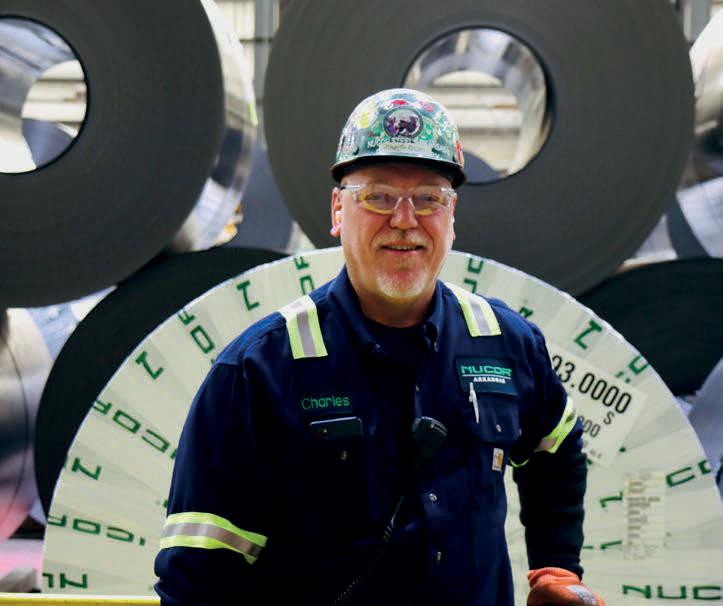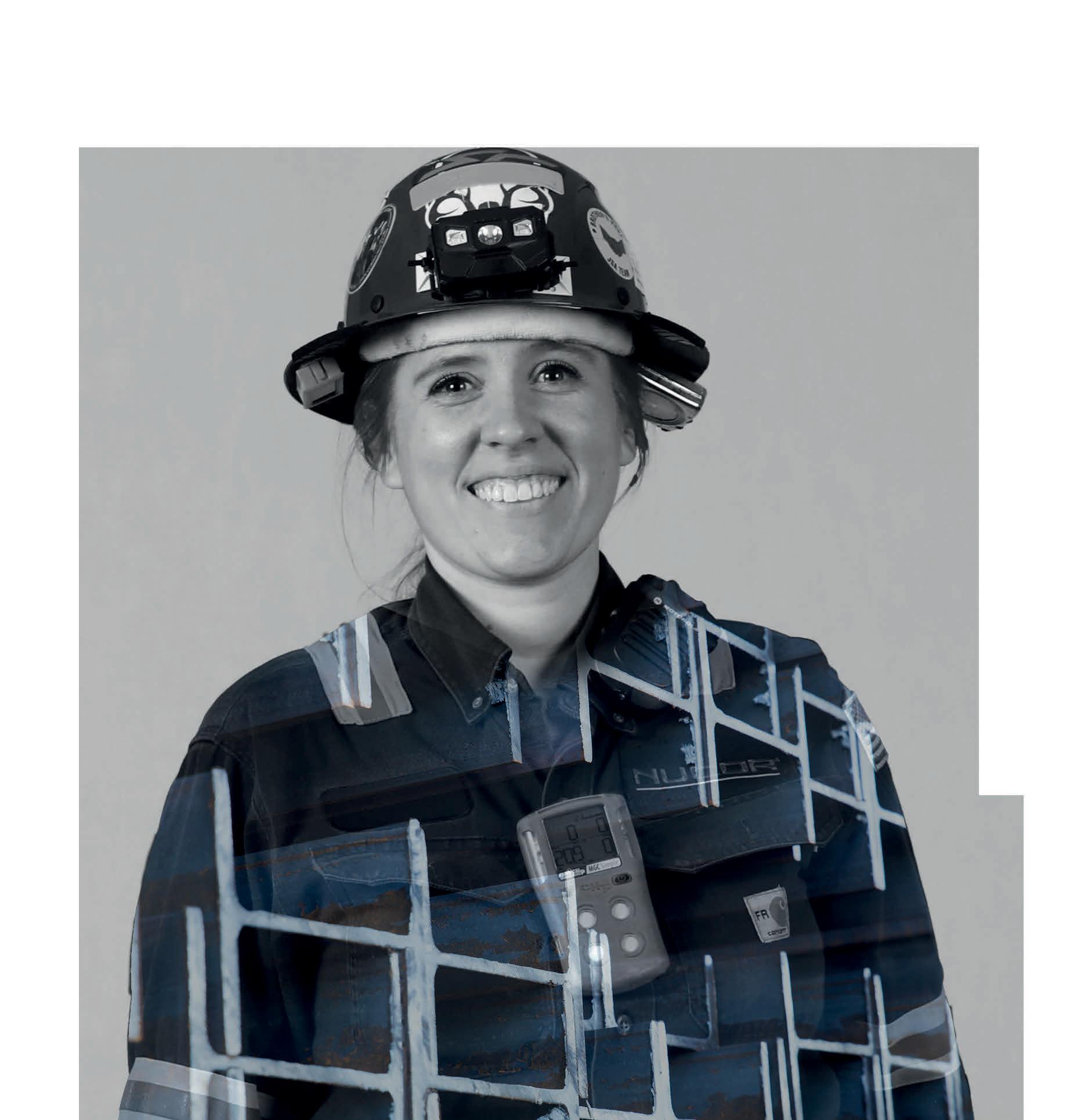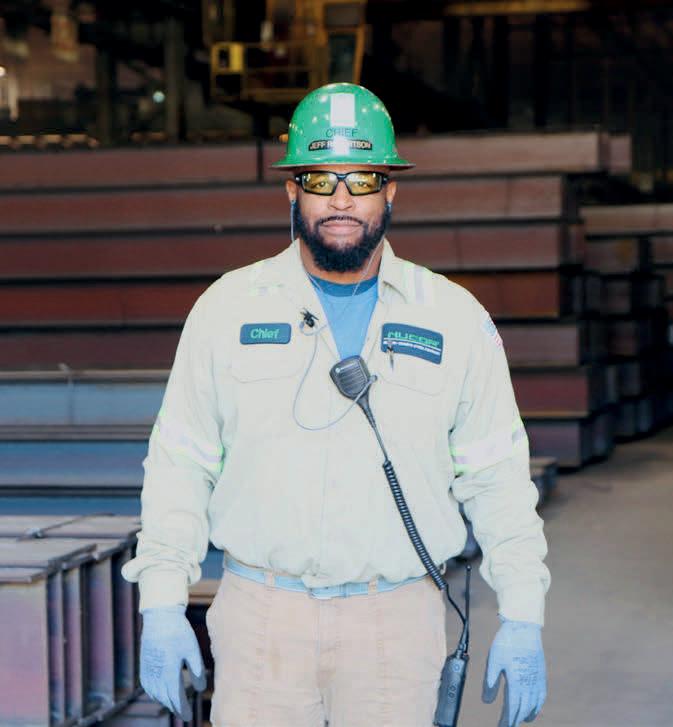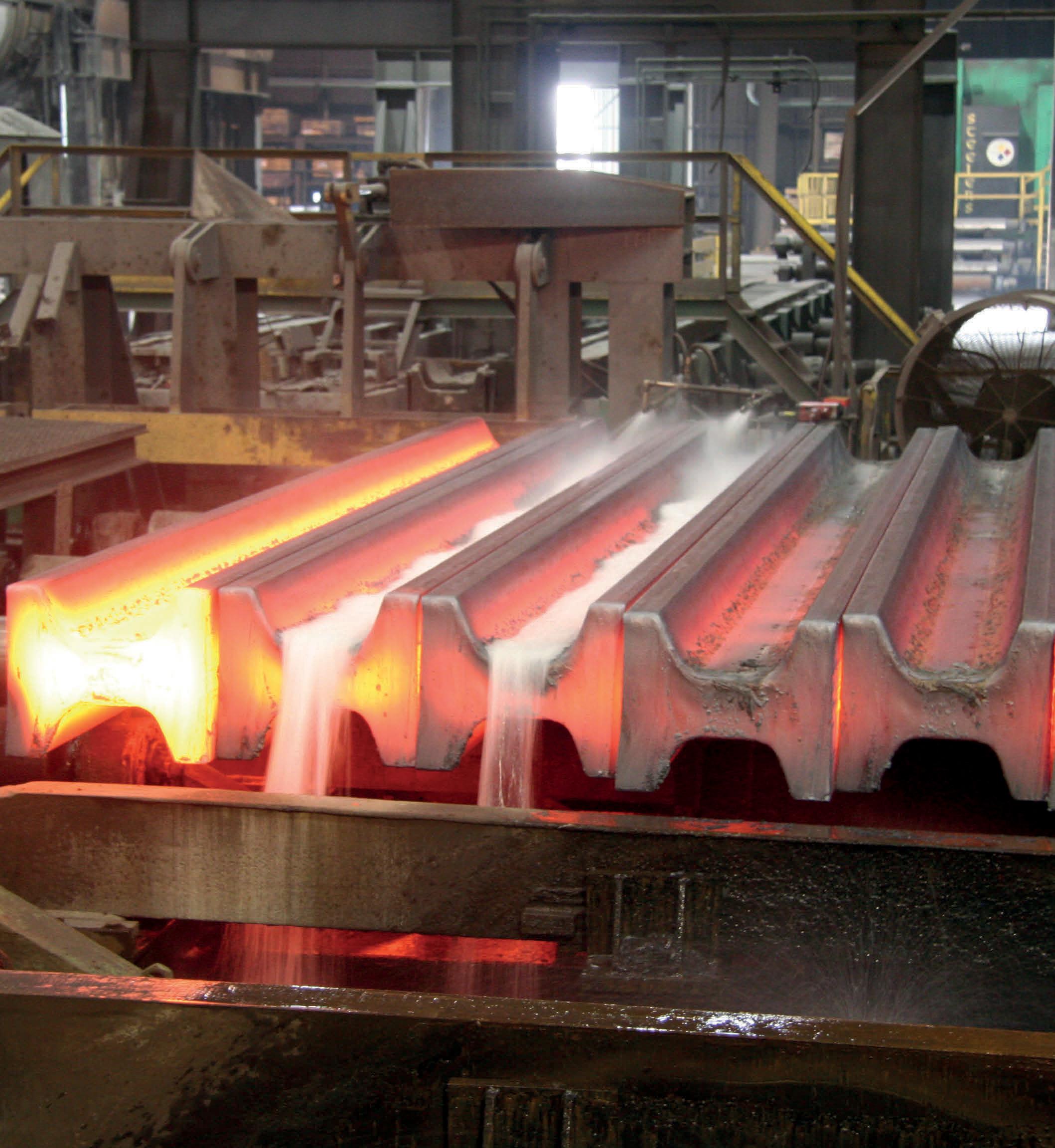
2 minute read
Diversity equals opportunity in Arkansas manufacturing
from BluePrint 2023
Clark Lewis likes to say that he first went to work in manufacturing at age 6. The Camden native came along with his father, who provided janitorial services at the local industrial park, at a very young age.
“I started at the age of 6,” said Lewis, now production manager with Lockheed Martin. “I then got recruited by a local diaper plant when I was 15 years old. I went to school in the day, and during basketball season I went to the graveyard shift. That’s when I was in high school.”
After the diaper plant shut down, Lewis would eventually find his way to the defense contractor. In less than a decade, he’d work his way to a position of great responsibility in the plant.
“I manage day-to-day production duties,” he said. “This requires a lot of communicating and planning from all the functions that drive and support the operations of the plant. I have over 100 employees in my organization, and I have hired over 90% of the existing workforce that’s working right now.”
Having done that much hiring, Lewis is well-acquainted with the company’s drive to maintain a diverse workforce. He said from his own experience through to today, providing equal employment and advancement opportunities has been a top priority at Lockheed Martin. He estimated the total plant was about 45% female, for instance, and in his own department, six out of 10 employees were women.
“They really look at diversity here; we have several groups here that really push that,” he said. “I’m on three diversity teams now. We take a really broad view of people to make sure we’re being consistent from all functions.”
Across the country, manufacturing is attracting large numbers of women into roles traditionally dominated by men. According to the U.S. Census Bureau, about 30% of manufacturing jobs are held by women, roughly three times the percentage of women in all trade jobs combined. Even more tell- ing is one in four management positions in the manufacturing industry are women and women in manufaturing earn on average 16% more than the national median annual income earned by all women in the workplace overall.
Stacia Gentry, manager of manufacturing engineering operations integration with Aeroship Rocketdyne in Camden, said her work there leveraged the skills and experience she accumulated while in the military.
“My favorite part of military life was building relationships with people from different backgrounds,” the Army veteran said. “In my role here, I manage individual program integrators across multiple programs. We work to ensure seamless communication between the customer, the site leadership team, program managers and any other supporting department or vendor.
“Part of my team’s responsibility is to establish work standards to create work efficiencies and facilitate any needed functions and support in order to produce a safe, quality product. In leading this effort, I use the skills I learned from military service every day.”
Gentry acknowledged the difficulties many veterans face after their military careers are over. She said the supportive environment she’s found at Aerojet Rocketdyne helps the process of transitioning from military to civilian life.
“Civilian life requires more self-motivation than military life; being self-motivated is critical,” she said. “I would suggest choosing a career that allows a veteran to utilize the skills they’re obtained during their military service, such as team building, organization and collaboration, which are highly transferable to the civilian sector.
“A career in the [defense] industry is ideal for that. It also prepares you to build products that help defend and protect freedom here and abroad. That’s one of the main reasons why I joined the military in the first place.”









